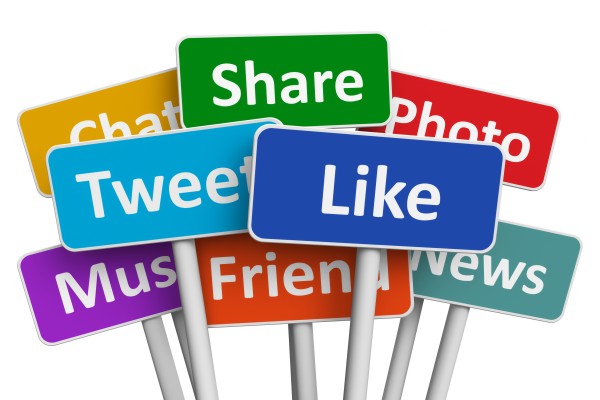
St. Louis-based cafe chain Panera Bread turned more than a few heads when it revealed in 2010 that it would launch an unconventional non-profit restaurant chain called Panera Cares. These locations would do something unprecedented in the corporate world: allow consumers to set the price of their own purchases.
Rather than having a fixed cost for items, Panera Cares runs on “pay-it-forward” pricing, which encourages patrons to contribute more than a suggested figure toward purchases so that the less fortunate can acquire meals at a discount. On paper, this might not sound like a smart business idea, but a new study from the University of California, Berkeley and University of California, San Diego suggests otherwise.
Released on December 2, the report studied consumer elective pricing across four case studies to reveal that consumers will pay more under “pay-it-forward” (PIF) pricing, where there is a social incentive added to the spending, than under other unconventional models, such as “pay-what-you-want” (PWYW) pricing. Further, it examined the specific reasons why this behavior was found to be commonplace.
The authors suggest that consumers respond positively to this form of suggestive selling, overestimating the kindness of others and increasing their spending to meet this standard.
Even when both prices are the same, this price framing changes “the social nature of the exchange and increase[s] payments,” the report said, thus illustrating that social motives can be a key driver of additional spending.
Understanding Consumer Elective Pricing
Consumer elective pricing, as defined by the report, is a system under which consumers are allowed to pay any price for a good or service. As such, the report suggests, the model represents a unique opportunity to show how people deviate from self-interest during transactions. Though the topic may seem specific, the report noted it could have broader implications.
“Future research could investigate how the strength of social relationships with others influences people’s identification of norms and their level of generosity under PIF,” the report authors wrote.
Real-World Testing
In the first test profiled by the study, museum patrons were greeted with a unique purchase proposition, they had the opportunity to pay what they wished for a day’s admission, a purchase with a market value of $7. One group was told that their admission had already been paid for by a patron, and that they had the ability to pay this gift forward. Control groups were given the option to choose their price.
Notably, the researchers found that groups given this message paid 46.7 percent more – $2.67 per person, compared to $1.82 per person. In addition, in larger groups, where the individuals had greater anonymity, patrons were found to pay less.
Subsequent studies featured variations on testing at different museums, and at a coffee vendor.
Why Do PIF Consumers Pay More?
To answer the question of why consumers behave this way, the report laid out five possible reasons for its findings, three of which it found to be plausible.
1. The Pressure To Do Good – The report authors indicated that it is possible that buyers feel more pressure under PIF pricing schemes, as these pricing models make them want to reward the company’s perceived thoughtfulness.
2. PIF Payments Are Considered Gifts – The second possibility conceived by the authors, this explanation means that consumers are more likely to consider such pricing models as they would a gift exchange, which accounts for the extra generosity.
PWYW pricing, by comparison, may be perceived as a weakness in the negotiation skills of one side, thus prompting consumers’ more predatory buying instincts to kick in.
3. PIF Elicits An Emotional Response – The researchers also theorized that PIF customers feel “emotionally indebted” to the kindness of others, and that by identifying a specific recipient, they are more likely to pay more to support this person.
4. Payment As Justification – The fourth suggestion was that buyers feel pressured to justify their kindness under the PIF model, and that paying very little or nothing at all under a PIF model would ruin the shopper’s social image. The authors suggest PWYW models, as they do not come with this burden, result in lower spend.
5. Implicit Social Preference – The final theory speculates that people believe PIF enables other consumers to become more generous, thus guiding behavior to this greater moral good. PIF, the report says, encourages consumers to think about these concepts, which promotes spending.
For more of the study’s findings, as well as their thoughts on each of these theories, download a full copy of the report here.